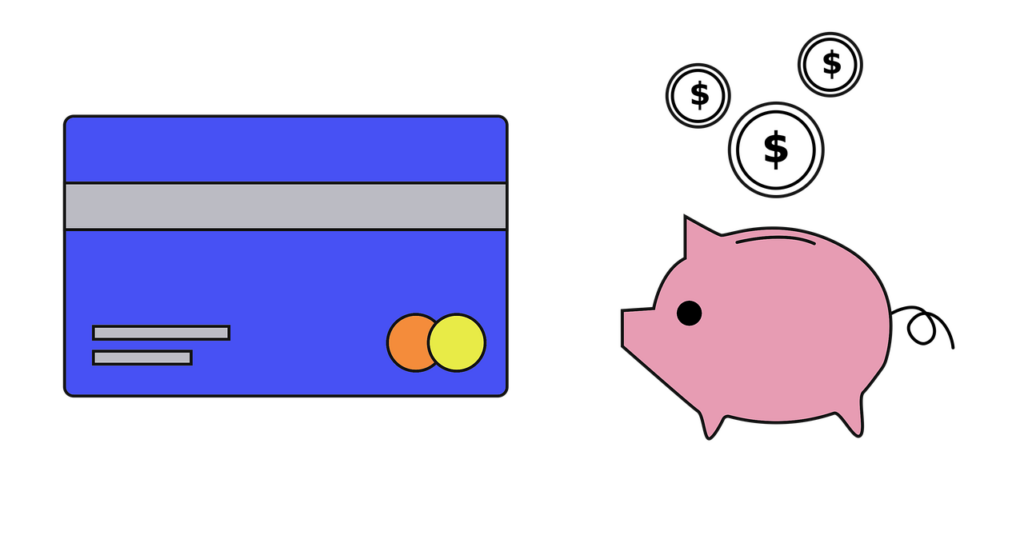For an agent to explain Medicare coverage to a client, they need to understand the difference between coinsurance vs copays. These as well as other out-of-pocket costs affect the total cost of a Medicare beneficiaries’ annual healthcare.
Coinsurance
After an enrollee meets their annual deductible, the percentage of covered medical expenses they pay is coinsurance. If a beneficiary enrolls in Original Medicare, Medicare pays 80% of the cost for approved expenses (after the deductible is paid) the beneficiary pays the remaining 20% until they reach the annual out-of-pocket maximum.
Please note, if the beneficiary has expenses that are not Medicare approved, coinsurance does not apply to these expenses. In that case, the beneficiary must pay for the entire cost of the medical service.
Coinsurance and the deductible
Coinsurance is the percentage of healthcare costs the beneficiary pays after the cost for medical care goes beyond the deductible amount.
Copays
Are predetermined amounts plan enrollees pay medical providers when they receive approved medical services. Copay amounts can be as low as $10 and go up quite a bit from there. The amount varies by plan and is usually higher for specialist services. There are different copay amounts for each type of service such as primary care provider visits, specialists, urgent care, visits to the ER as well as for prescription medications.
Copays and deductibles
Even if you have not met your annual deductible, you will have to pay the copay amount in addition to the deductible. In most cases, copay amounts do not count toward the annual deductible. However, copays do count towards the out-of-pocket maximum for the year.
Watch a YouTube video of what you need to know before a Medicare sale
Coinsurance vs Copays summary
Coinsurance:
- The amount is a percentage of the cost for a procedure.
- All approved medical procedures charge the same percentage amount.
- Coinsurance goes into effect once the enrollee meets the annual deductible.
Copays:
- The copay is a predetermined amount enrollees pay for each visit.
- Amounts change depending on the type of provider the enrollee uses for a procedure.
- Enrollees pay the copay amount weather or not they meet the deductible.
Deductibles
In order to better understand how coinsurance and copays differ, we will explain deductibles. Deductibles are a set amount of money beneficiaries pay annually for their healthcare before their health care plan kicks in and pays its share of covered medical costs.
Summary
- A copay is a set amount enrollees pay for primary care, specialists, ER and urgent care as well as prescriptions.
- Coinsurance is a specific percentage of approved medical costs enrollees pay once they meet their annual deductible.
- Deductibles are predetermined amounts enrollees pay for various types of medical care before coinsurance goes into effect.
- If an enrollee meets the annual out of pocket maximum, their plan covers all approved medical expenses at 100%.
Learn more about Medicare costs, click here
Coinsurance vs copays
Additionally, copays and coinsurance does not usually apply to preventative services. In other words, most health plans cover these services at 100%. In most cases, plans with higher copay amounts have a lower premium.
Do you have any questions?
Questions and requests
